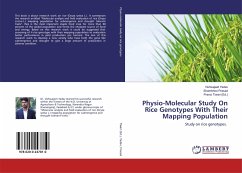Rice blast caused by the filamentous ascomycete Magnaporthe grisea, is one of the most devastating diseases of cultivated rice. Blast disease is a major constraint in certain agro-ecological regions of India. Eastern India has the highest occurrence of blast, followed by North and South. This disease is also a serious problem in Gujarat, as rice is grown under irrigated and high fertilizers input conditions that are conducive to disease development. So the present investigation was taken up to identify blast resistance genes in local and improved cultivars from Gujarat along with IRRI cultivars, to assess genetic diversity among these cultivars using RAPD and SSR markers.


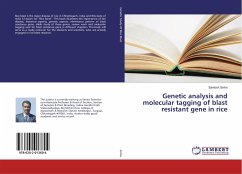
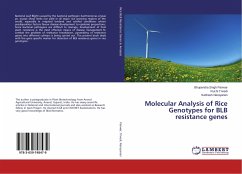
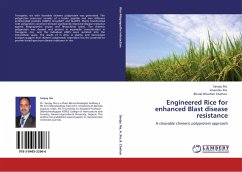
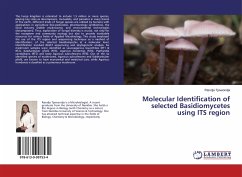
![Blast [Pyricularia grisea (Cooke) Sacc.] of Bajara and its Management Blast [Pyricularia grisea (Cooke) Sacc.] of Bajara and its Management](https://bilder.buecher.de/produkte/69/69968/69968325n.jpg)

